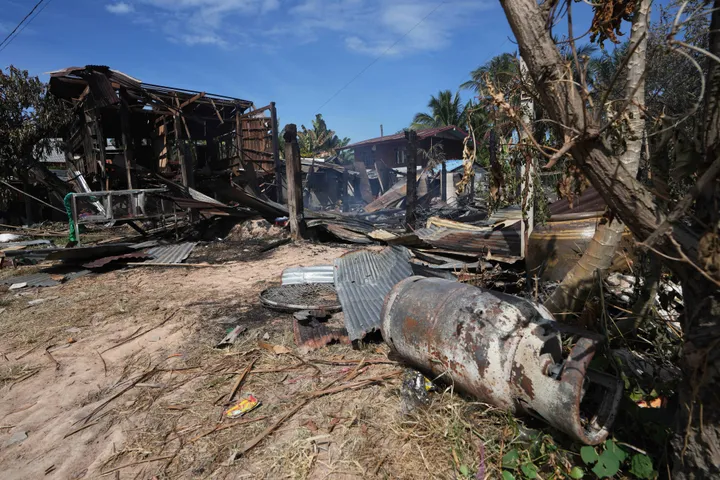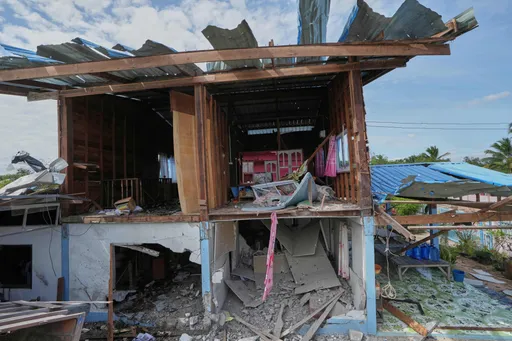With the easing of lockdown restrictions, the fear of a second wave of coronavirus is palpable.
Italy, Spain and Germany reopened their businesses to normalise social and economic life, in light of the receding number of deaths and positive cases.
But how dangerous will the second wave be? Here's what experts say.
“We’re risking a backslide that will be intolerable,” said Dr Ian Lipkin of Columbia University’s Center for Infection and Immunity.
The scientific consensus worldwide is that the second wave is all-but-certain full of deaths and infections that could force governments to clamp back down.
“There will be a second wave, but the problem is to which extent. Is it a small wave or a big wave? It’s too early to say,” said Olivier Schwartz, head of the virus unit at France’s Pasteur Institute.
In the absence of an effective vaccine, only time will tell whether the novel coronavirus will behave like the flu, which peaks in winter and returns yearly, or if it will act like the H1N1 pandemic, which came in spring, faded away in the summer but struck back hard in the fall and winter.
The US government has already been warned of another viral assault on the country's health services. Centers for Disease Control and Prevention (CDC) director Robert Redfield said in late April that the danger was higher as a fresh outbreak would likely coincide with the flu season.
It would put "unimaginable strain" on the US health care system, he said.
Experts in Italy urged intensified efforts to identify new victims and trace their contacts.
And France, which hasn’t yet eased its lockdown, has already worked up a “reconfinement plan” in the event of a new wave.
Reproduction level passed the critical threshold in Germany
Germany, one of the most successful countries in combating the pandemic, eased lockdown restrictions on April 20.
By May 4, the country re-opened museums, churches and playgrounds, and allowed small businesses to resume work. The reopening of schools and sporting events are next on the agenda of steering the country toward normalcy.
But the virus began to reassert itself with the easing of lockdown. Germany's reproduction rate, which is commonly known as R rate to measure the trajectory of infections, showed a sudden spike. The R-factor was low as about 0.7 on April 20 when the government first eased the lockdown. The important threshold for R-rate is 1.0, and if it crosses that mark for a long time, even a robust healthcare system like Germany's could fail.
With the easing of lockdown, maintaining the R-factor did become a headache for the German government. On Friday last week, the R rate was 0.83. It increased to 1.1 on Saturday, and by Monday it had gone up to 1.13.
According to Robert Koch Institute (RKI), one of Germany's leading health institutions, the R-rate had continued above the critical point for the third day in a row
German Chancellor Angela Merkel urged citizens to stick to the rules while joining the social life again.
























